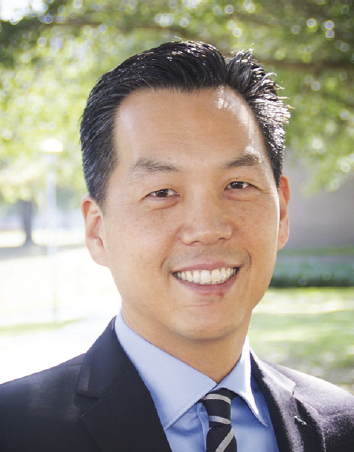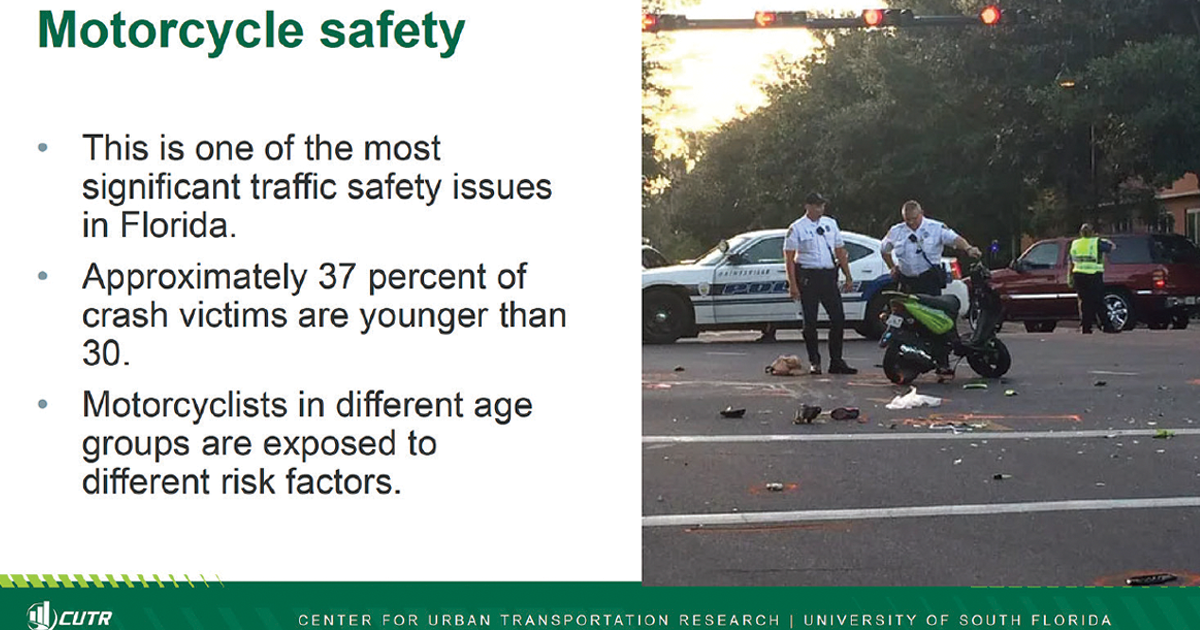
On Oct. 30, at around 10 a.m., a tragic, fatal motorcycle crash occurred on I-75 in Wesley Chapel, resulting in the rider’s death:
“Vehicle 1, a Kawasaki motorcycle, operated by a 17-year-old male from Land O’Lakes, was traveling southbound on I-75 in the outside lane. Vehicle 2, a tractor-trailer, driven by a 65-year-old Crystal River man, was traveling southbound on I-75 in the center lane,” the crash report from the Florida Highway Patrol (FHP) said. “North of CR-54, the motorcyclist changed lanes and collided with the passenger side of the tractor-trailer. The motorcyclist overturned and was struck by the under-carriage of the tractor-trailer. The motorcyclist suffered fatal injuries at the scene of the crash.”
Unfortunately for those who live in and near Wesley Chapel, especially those who regularly travel I-75 and I-275, the news of tragic and fatal crashes involving motorcycles are not uncommon, a concern highlighted at the most recent Florida Motorcycle Safety Coalition (FMSC)’s quarterly meeting, held Nov. 13-14 at the Hyatt Place Hotel Tampa-Wesley Chapel on the north side of S.R. 56.

Dr. Chanyoung Lee (photo), the program director of motorcycle injury prevention and senior research associate at the Center for Urban Transportation Research (aka CUTR) in the College of Engineering at the University of South Florida, shared some of the data he has gathered from fatal motorcycle crashes that shows everything from the awge groups most likely to be involved in a fatal crash to the other factors (speeding, helmet use, intoxication, who was deemed at fault by law enforcement, etc.).
Dr Lee’s fatal motorcycle crash findings were based on data gathered during the 36 months between April 2022 and March 2025.
When it comes to particular age groups, Dr. Lee said, motorcycle riders between the ages of 26-30 accounted for the most significant number of fatal motorcycle deaths in Florida during that three-year period, at 237, followed closely by 21-25-year-olds at 236. Nearly half of the motorcycle fatalities in Florida involved riders younger than age 35, and around 85% of the fatal riders were below age 60. When comparing the data to the same three-year period from a decade prior (2012-14), fatality rates in some age groups have gotten much higher. In 2012-14, the number of fatalities for people ages 71-75 was 19, but Dr Lee’s recent data shows that number increased by more than 100%, to 41.
Additionally, the types of motorcycles recovered from these fatal crashes varied significantly by age group. As you might expect, young motorcyclists, ages 20-30, tend to opt for high-speed, maneuverable bikes, like sports bikes, while older bikers (ages 40+) tend to ride touring motorcycles or cruisers.
Dr. Lee’s data on the behavioral risk factors — intoxication, lack of helmet use and speeding (graphic below) — in fatal crashes shed light on the risky behavioral patterns certain age groups have. For improper helmet use, riders aged 16-25 have the lowest rate of non-helmet use fatalities, at around 20%. From there, the percentage steadily increases throughout adulthood and peaks with riders aged 61-65 at around 70%. Perhaps somewhat surprisingly, when it comes to impairment fatalities on motorcycles, riders aged 16-20 had the lowest percentage, at roughly 10%. The intoxication fatality rates increase with age and peaks for riders ages 46-50, at more than 40% of the motorcycle fatalities.

Less surprising is that younger riders between the ages of 16-20 had the highest rate of speeding-related fatalities, at more than 30%. The percentage steadily decreases as the rider’s age increases.
Fault analysis in these motorcycle accidents also revealed age-related patterns. Riders under age 30 were statistically more prone to being found at fault by law enforcement, with 50-62% of single- and multi-vehicle accidents credited to the motorcyclist. Riders between ages 31-40 have a higher probability of another vehicle being at fault in a crash, at between 44-45%. Data regarding the at-fault driver stabilizes among riders ages 41-65, with roughly 54-62% of fatal crashes being their own fault and 30-45% caused by another vehicle.
“So, the interesting portion that you can compare is, if you’re getting a multi-vehicle crash of one age group versus another, it’s quite different,” Dr. Lee said. Younger guys, when they get involved in a crash with a car (or truck, etc.), they are more likely to be at fault.”
“When you compare that with someone over age 55 involved in a crash with another driver, the [other vehicle] driver is more likely to be at fault.”
Ultimately, Dr Lee’s findings indicate that while there are motorcycle safety concerns for all age groups on the road, young riders are still statistically far more likely to be involved in a fatal motorcycle crash than their older counterparts
While Dr Lee did not mention what is being done to prevent these percentages from rising — as the more recent three-year period definitely showed an increase overall in motorcycle fatalities over ten years ago — it’s clear that addressing the high risk for young motorcyclists is the first step in reducing fatalities and improving overall traffic safety.
The FMSC, per their mandate, will use this data to better target their efforts to improve motorcycle safety to reduce crashes, injuries and deaths. But of course, there is little anyone can do about distracted and/or intoxicated drivers, speeding and other risky behaviors by both motorcyclists and drivers of other vehicles.

